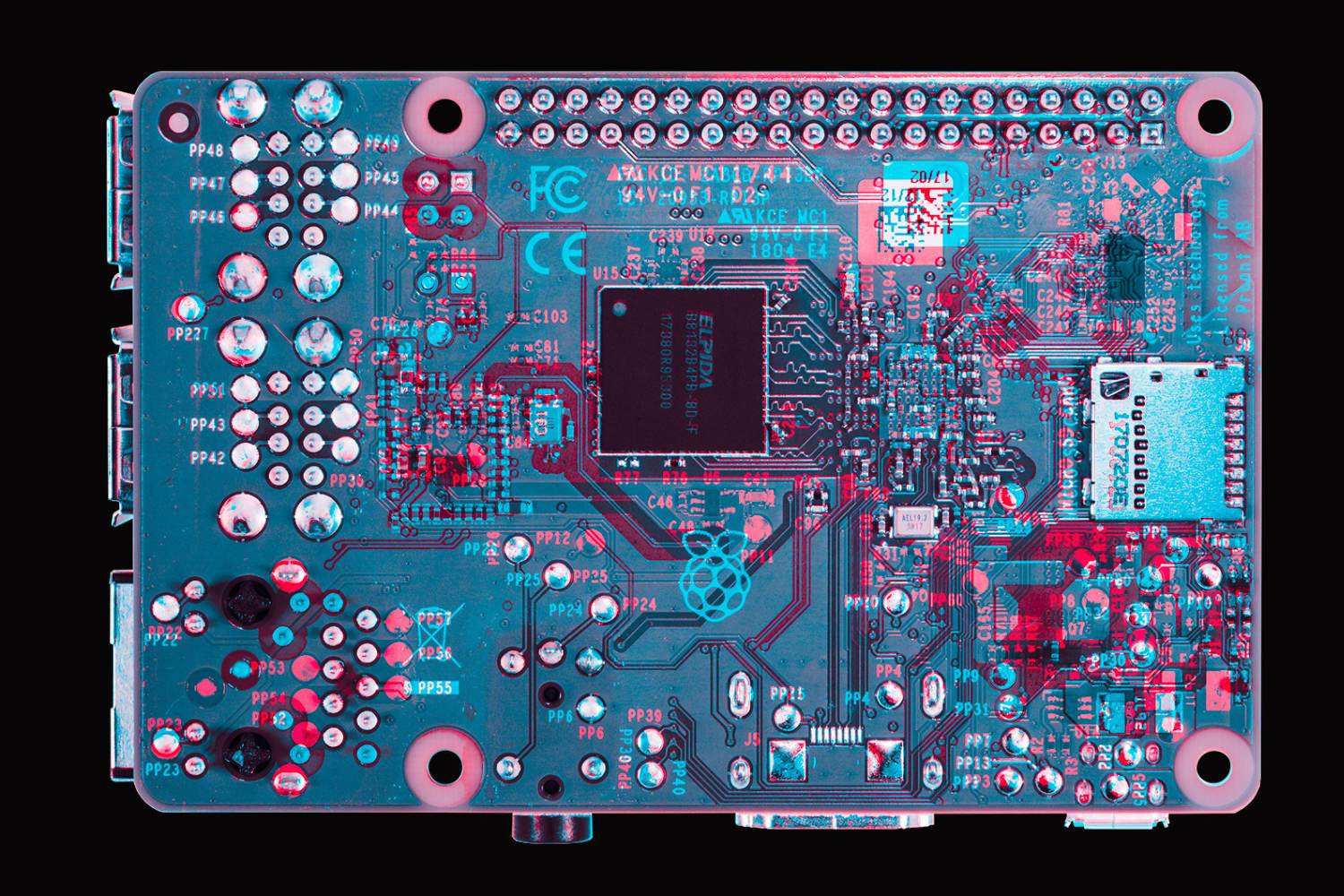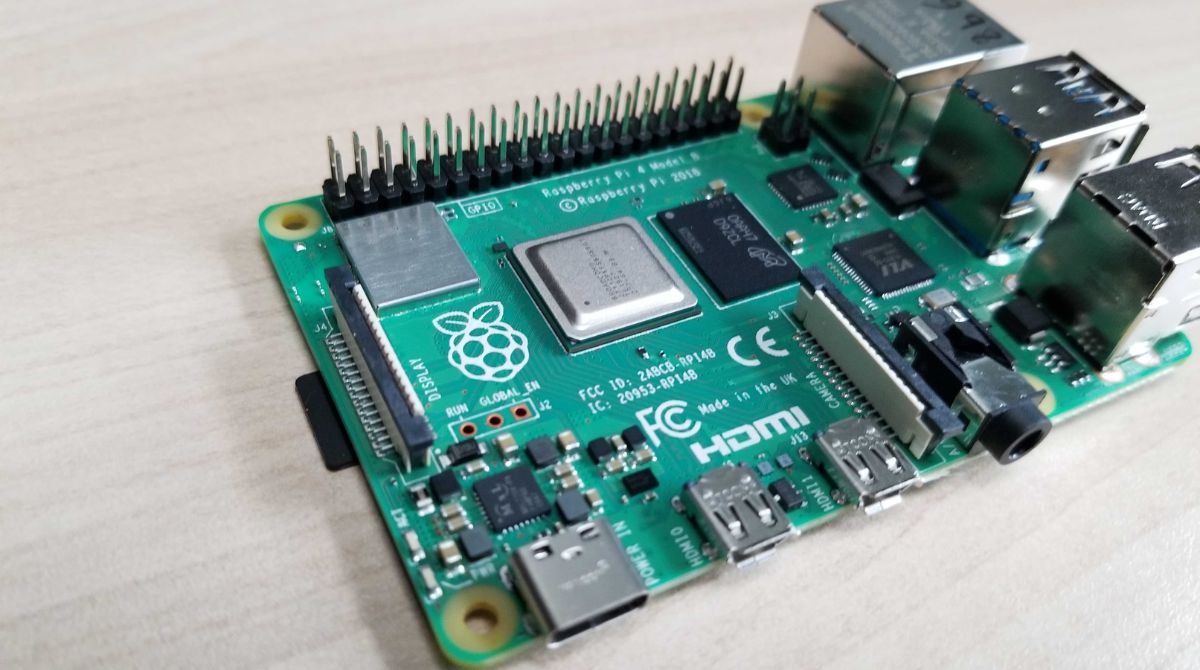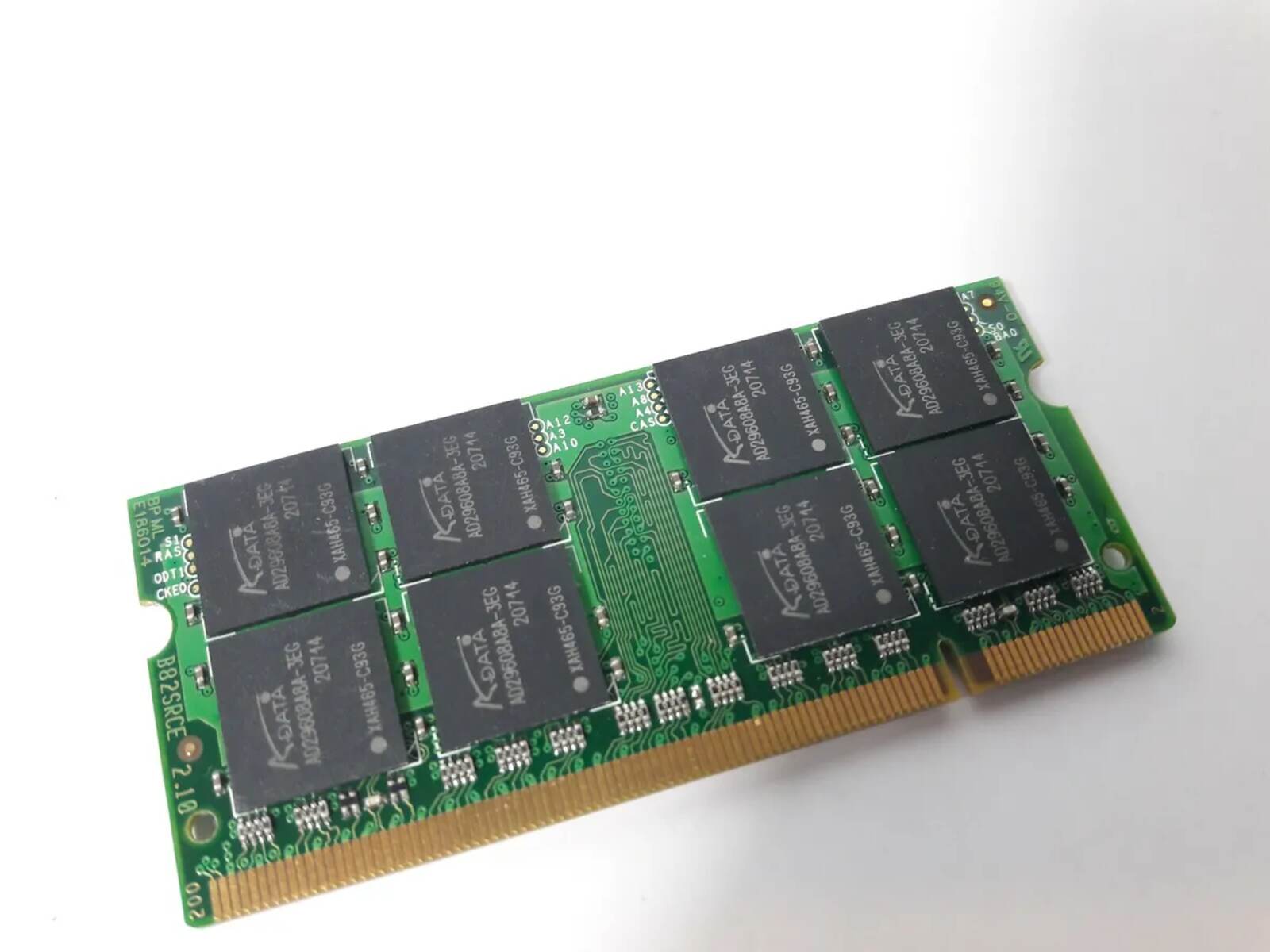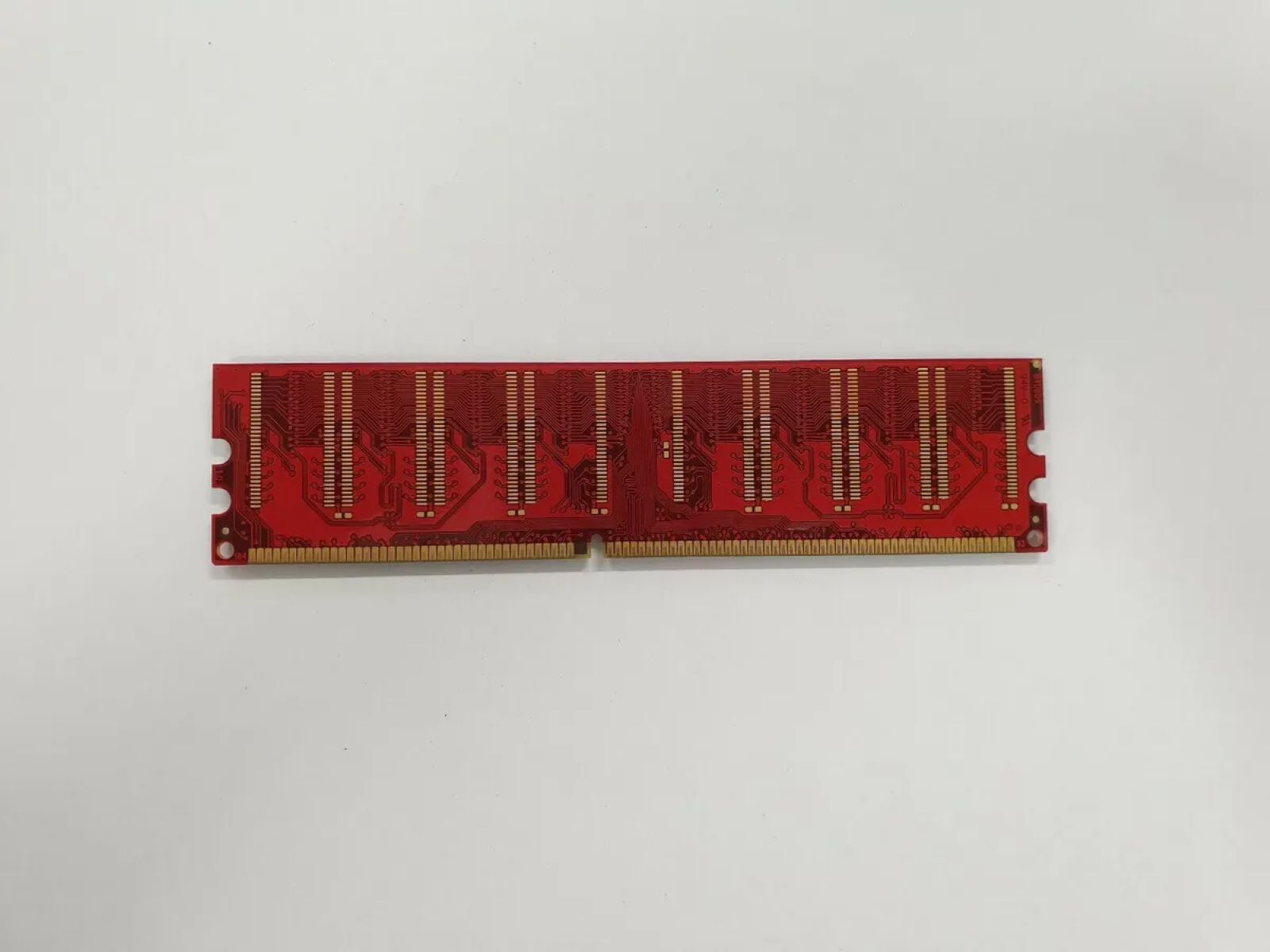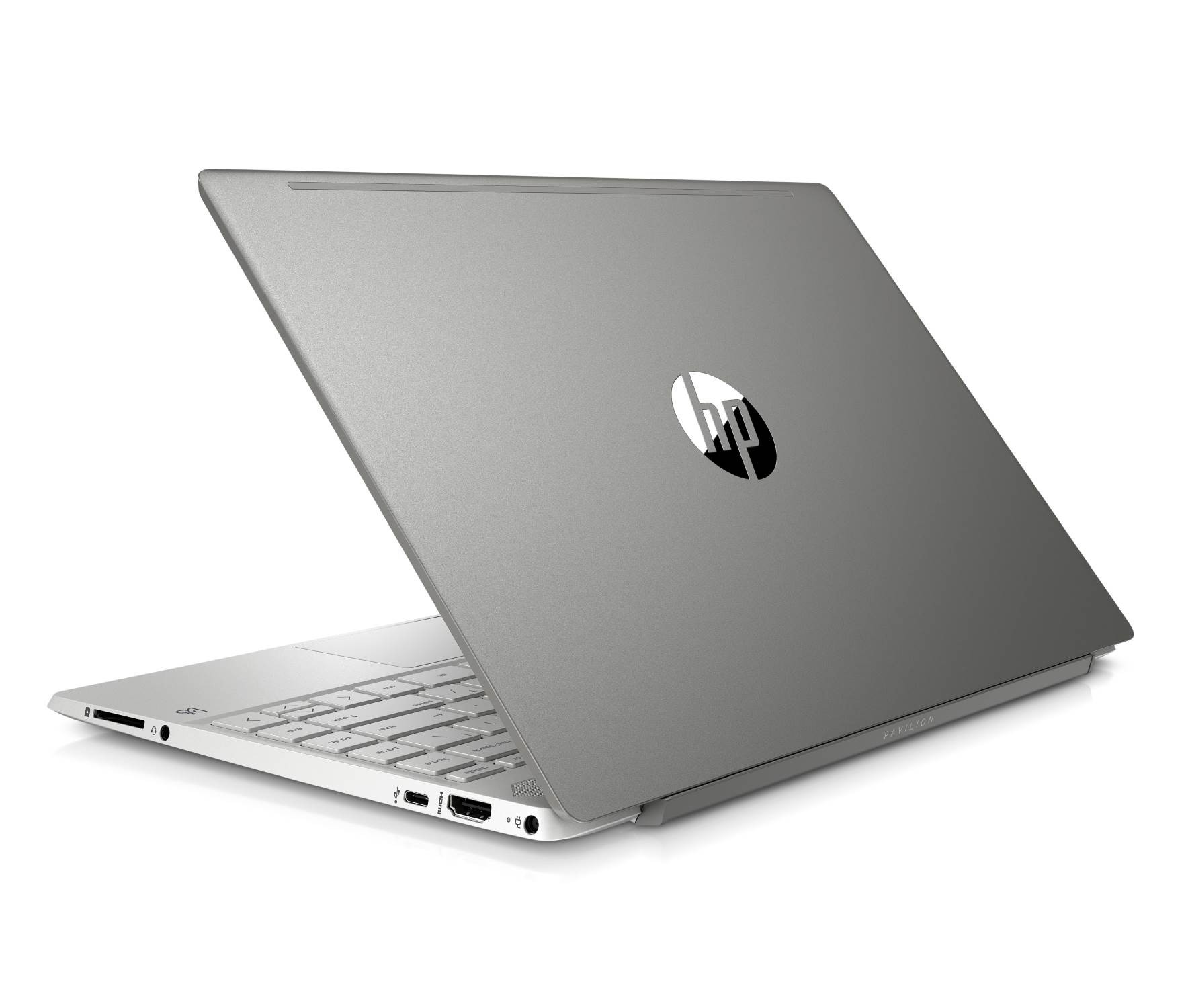Introduction
When it comes to optimizing the performance of a computer system, one crucial aspect to consider is the virtual memory size. Virtual memory plays a significant role in managing the system’s resources and ensuring efficient execution of tasks. For individuals with limited physical memory, such as those with 1GB RAM, determining the appropriate virtual memory size becomes crucial.
Virtual memory is a memory management technique that allows a computer system to use a portion of the hard drive as an extension of the physical RAM. It acts as a temporary storage area for data that cannot fit into the limited physical memory. By utilizing virtual memory, applications can access more memory than physically available, thus enabling multitasking and preventing system crashes due to insufficient RAM.
As the virtual memory size directly impacts the overall system performance, it is essential to understand the factors involved in determining the optimal size for a system with 1GB RAM. Several considerations, such as the type of applications used and the specific tasks performed, play a role in setting the virtual memory size.
In this article, we will explore the factors to consider when determining the virtual memory size for a computer with 1GB RAM. By understanding these factors, you can effectively optimize your system’s virtual memory configuration and enhance its overall performance.
What is Virtual Memory?
Virtual memory is a crucial component of modern computer systems that allows them to effectively manage limited physical memory resources. It is an advanced memory management technique that expands the available memory space by utilizing a portion of the hard drive as an extension of the physical RAM.
When a computer runs multiple applications simultaneously, there may not be enough physical RAM to accommodate all the data and instructions required by the applications. In such situations, the operating system uses virtual memory as a temporary storage space, transferring data between the RAM and the hard drive as needed. This allows the system to execute programs that would otherwise exceed the limitations of physical memory.
The concept of virtual memory involves subdividing memory into smaller units called pages. These pages are typically 4KB in size and serve as the basic unit of data transfer between RAM and the hard drive. When an application needs to access data that is not currently in physical memory, the operating system swaps out less frequently used pages from RAM to the hard drive. This process is known as paging.
Virtual memory offers several advantages for computer systems. Firstly, it enables efficient multitasking by allowing multiple applications to run concurrently, even if the total memory requirement exceeds the physical RAM capacity. Secondly, it provides a stable and reliable memory management system, preventing crashes or system slowdowns due to insufficient memory. Finally, virtual memory allows for dynamic allocation and deallocation of memory, ensuring optimal usage of available resources.
In summary, virtual memory is a vital component of modern computing systems. It extends the available memory by utilizing a portion of the hard drive, allowing for efficient multitasking and preventing system crashes. Understanding how virtual memory works is crucial in optimizing system performance, especially for computers with limited physical memory.
Why is Virtual Memory important?
Virtual memory plays a critical role in the overall performance and stability of computer systems. Here are several reasons why virtual memory is important:
- Expands available memory: Virtual memory allows computers to utilize a portion of the hard drive as an extension of the physical RAM. This expansion of memory enables the system to run more significant and resource-intensive applications that may exceed the limitations of physical memory.
- Enables multitasking: With virtual memory, multiple applications can run simultaneously, even if the total memory requirement exceeds the physical RAM capacity. This capability is crucial for modern computing where users often run numerous applications simultaneously, such as web browsing, document editing, and multimedia playback.
- Prevents system crashes: When the physical memory reaches its limit, running additional programs without virtual memory would result in system crashes or performance issues. Virtual memory helps prevent such problems by utilizing the hard drive as a temporary storage space, allowing the system to handle memory-intensive tasks without running out of resources.
- Improves system performance: By intelligently managing memory resources, virtual memory ensures that the most frequently used data stays in the physical RAM while less frequently used data is stored in the hard drive. This optimized memory allocation improves overall system performance by reducing the need for excessive disk access and minimizing data transfer between RAM and the hard drive.
- Supports large applications: Applications such as video editing software, computer-aided design (CAD) programs, or gaming applications often require a substantial amount of memory to function properly. Virtual memory allows these applications to access more memory than physically available, providing a seamless user experience even on systems with limited RAM.
In essence, virtual memory is vital for ensuring efficient utilization of system resources, enhancing multitasking capabilities, preventing crashes, optimizing system performance, and supporting memory-intensive applications. It is a crucial component that enhances the overall functionality and usability of computer systems, particularly those with limited physical memory.
How is Virtual Memory determined?
The determination of virtual memory size involves several factors that need to be carefully considered to optimize system performance. While the operating system typically manages virtual memory automatically, users can manually adjust the virtual memory settings based on their specific needs. Here are some key factors that influence the determination of virtual memory:
- Type of applications used: Different applications have varying memory requirements. Memory-intensive applications like video editing software, virtual machines, or gaming applications may require larger amounts of virtual memory to run smoothly. Understanding the memory needs of the applications you frequently use can help in deciding an appropriate virtual memory size.
- Workload and task complexity: The complexity of the tasks performed and the workload of the system play a role in determining virtual memory size. Systems that perform heavy computational tasks or run multiple resource-intensive applications simultaneously may require larger virtual memory to accommodate the increased memory demands.
- Operating system recommendations: Operating systems often provide recommendations or default values for virtual memory settings based on the installed physical memory. These recommendations can serve as a starting point when configuring the virtual memory size. However, it is important to note that these recommendations may not always be optimal for specific usage scenarios.
- Available hard drive space: Virtual memory uses a portion of the hard drive as an extension of the physical RAM. Therefore, the available space on the hard drive is a crucial factor in determining the virtual memory size. Ensure that you have sufficient free space on the hard drive to accommodate the desired virtual memory size.
- System stability: Setting an excessively large virtual memory may not necessarily yield better performance. In fact, it can lead to increased disk usage, slower performance, and potential system instability. It is essential to strike a balance between having enough virtual memory to handle the workload and avoiding excessive usage of disk space.
It is worth noting that the determination of virtual memory size can be a trial-and-error process. It may require adjusting the settings based on the system’s response and performance observations. Monitoring system performance metrics such as memory usage and disk activity can help in fine-tuning the virtual memory configuration for optimal results.
By considering these factors and monitoring system performance, users can determine the appropriate virtual memory size that ensures smooth operation of applications, efficient multitasking, and improved overall system performance.
Factors to consider when determining Virtual Memory size
Determining the optimal virtual memory size requires consideration of various factors that affect system performance and memory utilization. By understanding these factors, users can configure the virtual memory settings to best suit their specific needs. Here are some key factors to consider:
- Physical RAM: The amount of physical RAM installed on the system is an important factor in determining virtual memory size. Systems with larger amounts of RAM generally require less virtual memory, as they have sufficient physical memory to handle most tasks. On the other hand, systems with limited RAM, such as those with 1GB, may need a larger virtual memory size to compensate for the lower physical memory capacity.
- Operating system requirements: Different operating systems have varying requirements for virtual memory. It is essential to consult the documentation or official recommendations provided by the operating system manufacturer to understand the recommended virtual memory size for your specific OS version. These recommendations can serve as a baseline for configuring virtual memory settings.
- Type and number of applications: The type and number of applications used heavily influence memory requirements. Memory-intensive applications such as video editing software or 3D rendering programs may require more virtual memory to handle their resource demands. Similarly, running multiple applications simultaneously increases the overall memory requirements and may necessitate a larger virtual memory allocation.
- Workload and multitasking: The workload and multitasking capabilities of the system impact virtual memory requirements. Systems used for complex tasks or heavy multitasking benefit from larger virtual memory sizes to accommodate the increased memory demands. Consider the nature of the tasks performed on the system to determine an appropriate virtual memory size that can handle the workload effectively.
- User preferences: User preferences, such as the desire for smoother multitasking or to ensure optimal performance for specific applications, can influence the virtual memory size. Some users may be willing to allocate more virtual memory to ensure seamless operation, while others may prioritize disk space and opt for a smaller virtual memory size.
It is important to strike a balance when determining the virtual memory size, taking into account factors such as available physical RAM, operating system requirements, application usage, workload, multitasking needs, and personal preferences. Regular monitoring of system performance metrics, such as memory usage and disk activity, can also help fine-tune the virtual memory configuration for optimal results.
By considering these factors and adjusting the virtual memory size accordingly, users can optimize memory utilization, enhance system performance, and ensure a smooth and efficient computing experience.
The role of Physical RAM in Virtual Memory size
The physical RAM of a computer system plays a crucial role in determining the appropriate virtual memory size. The amount of physical RAM installed directly impacts the efficiency and performance of the virtual memory system. Here are several ways in which physical RAM influences virtual memory size:
- Memory availability: Physical RAM serves as the primary storage for actively used applications and data. When an application is running, it stores its instructions and data in the physical RAM for faster access. The more RAM available, the greater the amount of data that can be stored in memory, resulting in smoother and more efficient performance.
- Reduced reliance on virtual memory: Systems with larger amounts of physical RAM require less reliance on virtual memory. When the physical RAM is sufficient to accommodate the running applications and data, the system needs to resort to virtual memory less frequently. This reduces disk access and improves overall system performance.
- Efficient multitasking: Physical RAM enables effective multitasking by allowing multiple applications to run concurrently without significant performance degradation. With ample physical RAM, the system can allocate sufficient memory to each application, reducing the need for excessive virtual memory usage.
- Reduced disk activity: Insufficient physical RAM results in greater reliance on virtual memory, which involves frequent swapping of data between the RAM and the hard drive. This increased disk activity can lead to slower performance as the system waits for data to be retrieved from the slower hard drive. Adequate physical RAM minimizes the need for excessive disk access, leading to faster and more responsive system operations.
- Optimal virtual memory size: The size of virtual memory is often determined based on the physical RAM available. Systems with larger amounts of physical RAM typically require smaller virtual memory sizes, as the physical memory can efficiently handle most tasks. Conversely, systems with limited physical RAM, such as those with 1GB RAM, may need a larger virtual memory size to compensate for the lower physical memory capacity.
It is important to note that while virtual memory can help compensate for limited physical RAM, optimal system performance is achieved by having an adequate amount of physical RAM. Increasing the physical RAM can significantly reduce the reliance on virtual memory and provide a smoother computing experience.
By understanding the role of physical RAM in virtual memory size determination, users can make informed decisions regarding system upgrades, ensure optimal memory utilization, and enhance overall system performance.
Recommended Virtual Memory size for 1GB RAM
When dealing with a computer system that has limited physical memory, such as 1GB RAM, setting an appropriate virtual memory size becomes crucial for optimal performance. While the exact recommended virtual memory size for a system with 1GB RAM may vary depending on specific usage requirements, there are general guidelines that can help determine an optimal range.
As a rule of thumb, it is recommended to set the virtual memory size to be between 1.5 to 2 times the amount of physical RAM. For a system with 1GB RAM, this translates to a virtual memory size between 1.5GB to 2GB. By allocating this range of virtual memory, the system can handle memory-intensive tasks and prevent performance issues caused by running out of memory.
However, it is important to consider the available hard drive space when setting the virtual memory size. Allocating too large of a virtual memory size can result in excessive disk usage and potentially impact system performance. Therefore, it is crucial to ensure that sufficient free space is available on the hard drive to accommodate the desired virtual memory size.
Additionally, it is recommended to monitor system performance when adjusting the virtual memory size. Keeping an eye on memory usage and disk activity can provide insights into whether the current virtual memory size is sufficient or needs further adjustment. If applications frequently experience slowdowns or the system becomes unresponsive, it may indicate the need for a larger virtual memory size.
Ultimately, determining the ideal virtual memory size for a system with 1GB RAM requires finding a balance between the system’s memory needs, available hard drive space, and performance optimization. Adjusting the virtual memory size within the recommended range of 1.5 to 2 times the amount of physical RAM can help ensure smooth multitasking and prevent memory-related issues.
It is worth noting that these recommendations are general guidelines, and fine-tuning the virtual memory size may be necessary based on specific usage patterns and system requirements. Regular monitoring and adjustment are advised to optimize system performance and enhance the overall computing experience.
Conclusion
Virtual memory plays a vital role in managing the memory resources of a computer system, especially when dealing with limited physical RAM like 1GB. By understanding the factors that determine virtual memory size and considering the specific needs of the system, users can optimize system performance and ensure a smooth computing experience.
Throughout this article, we have discussed the importance of virtual memory and its role in expanding the available memory space, enabling multitasking, and preventing system crashes. We have also explored the factors to consider when determining the virtual memory size, such as the type of applications used, workload, available hard drive space, and user preferences.
When configuring the virtual memory size for a system with 1GB RAM, it is generally recommended to set it between 1.5 to 2 times the amount of physical RAM. This range allows for efficient memory management and prevents performance issues caused by running out of memory. However, it is important to consider available hard drive space and regularly monitor system performance to ensure optimal virtual memory configuration.
It is also essential to note that while virtual memory can alleviate the limitations of limited physical RAM, having sufficient physical RAM is crucial for optimal system performance. Therefore, upgrading the physical memory can significantly reduce reliance on virtual memory and enhance overall system responsiveness.
In conclusion, determining the virtual memory size for a system with 1GB RAM requires a careful consideration of various factors and a balance between memory needs and system performance. By following the recommendations provided and monitoring system performance, users can effectively optimize virtual memory settings, prevent memory-related issues, and enjoy a seamless computing experience.









